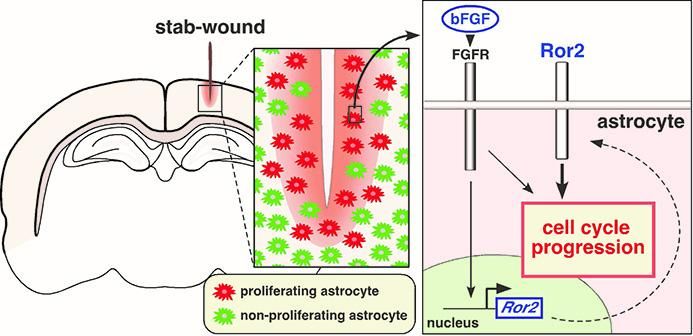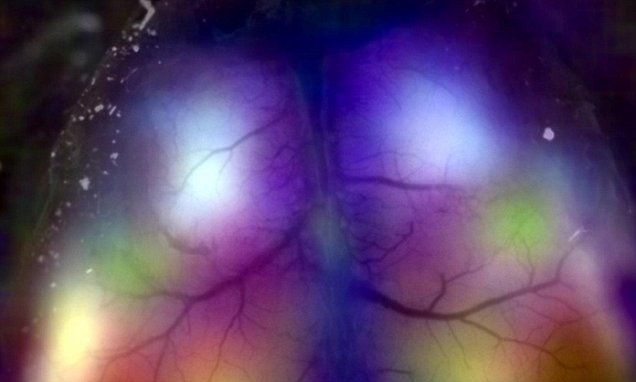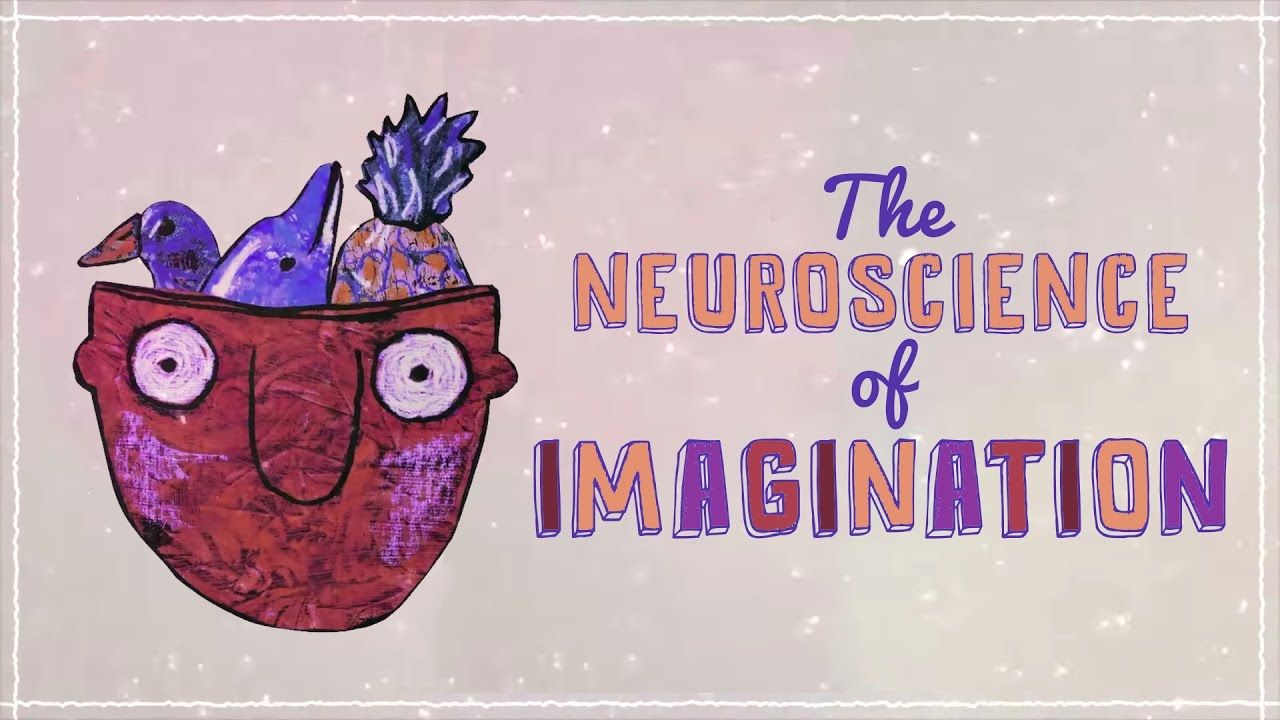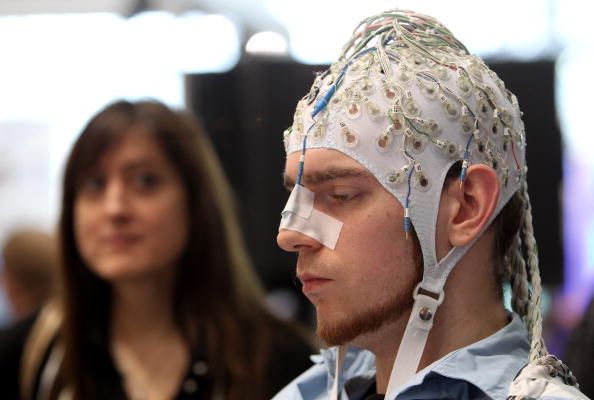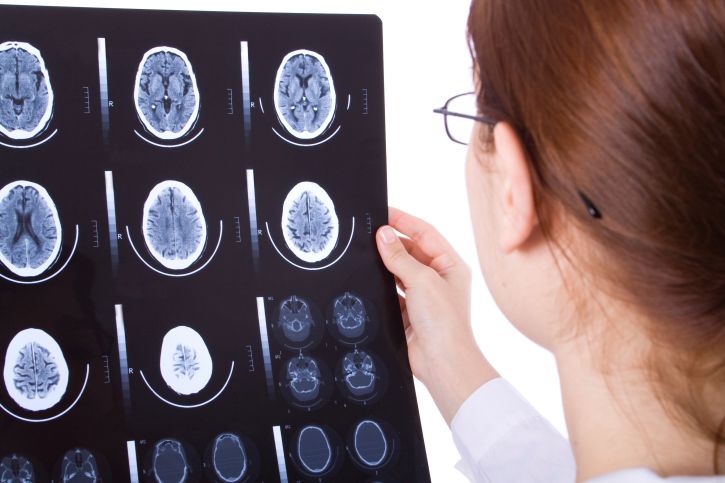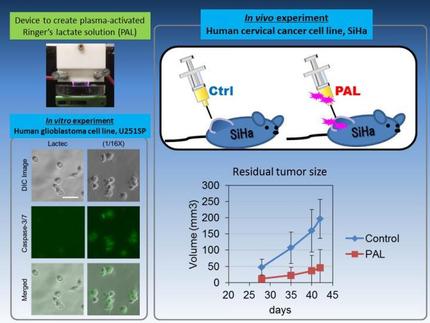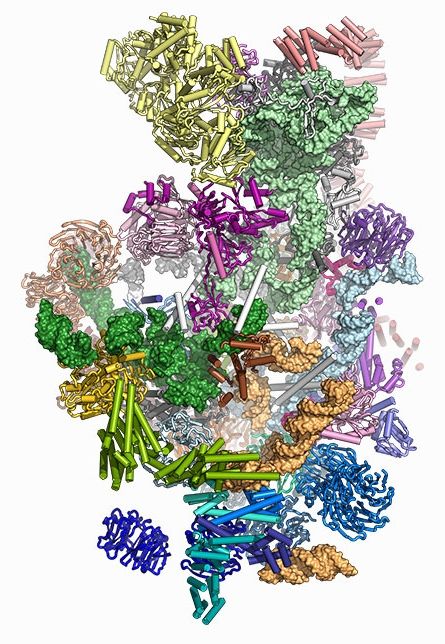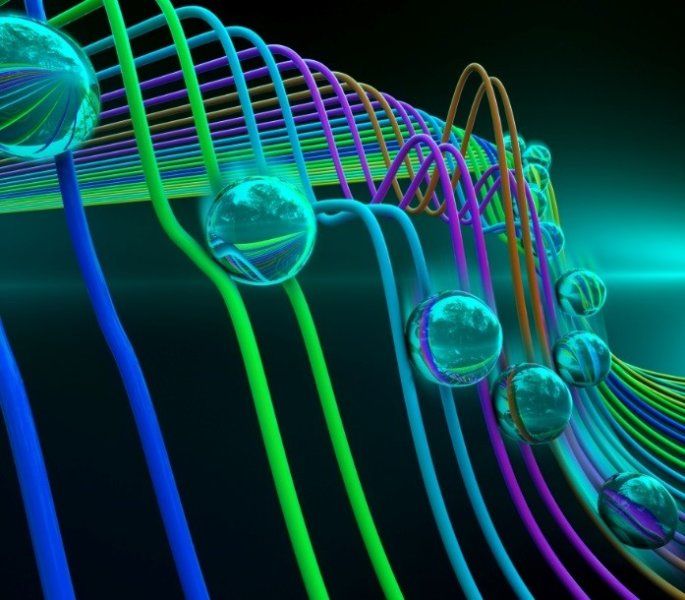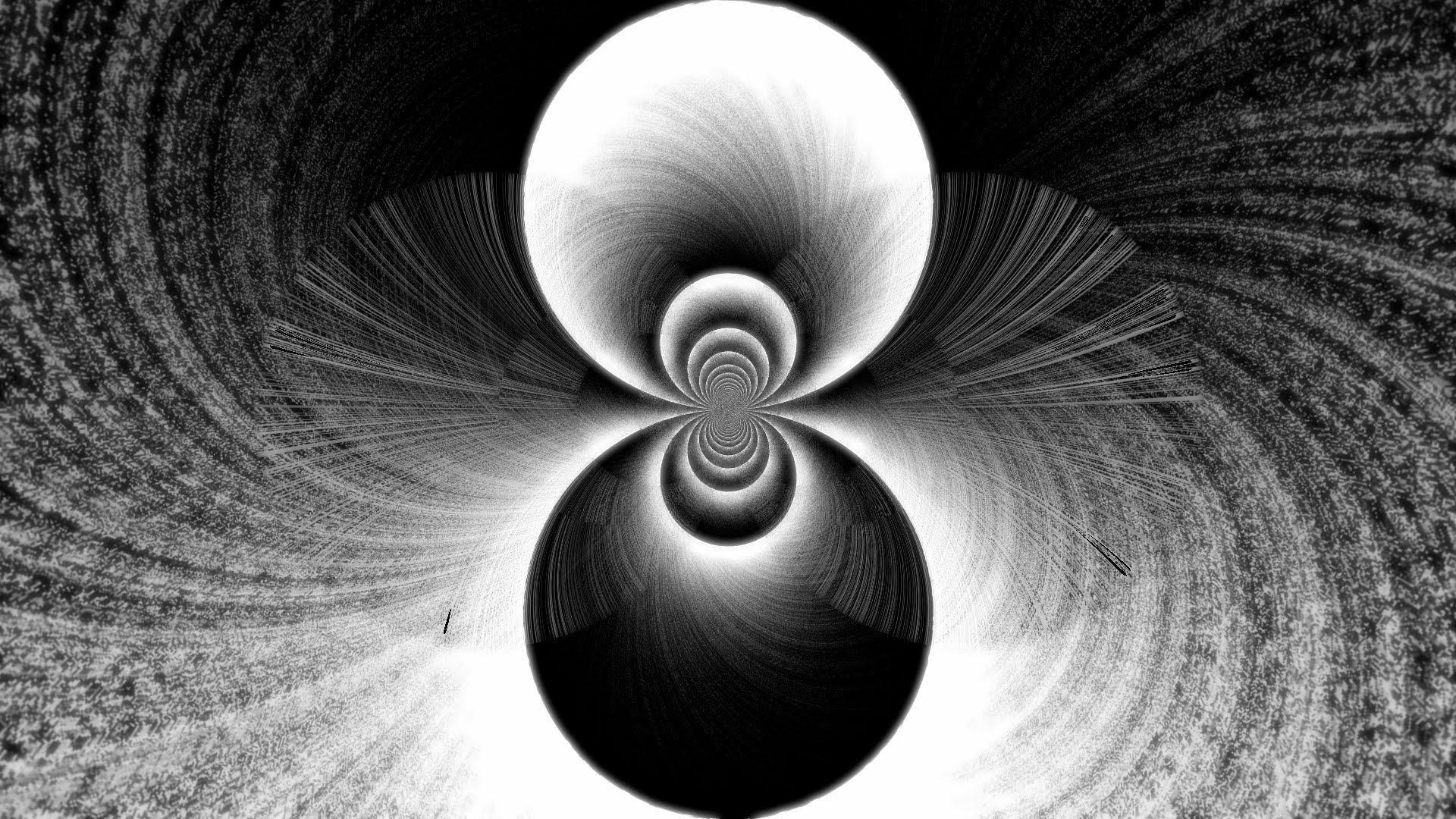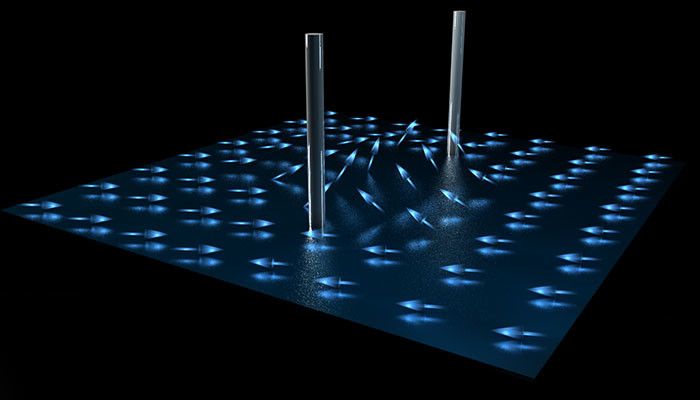Dec 15, 2016
How brain tissue recovers after injury
Posted by Karen Hurst in categories: biotech/medical, neuroscience
Nice write up.
A research team led by Associate Professor Mitsuharu ENDO and Professor Yasuhiro MINAMI (both from the Department of Physiology and Cell Biology, Graduate School of Medicine, Kobe University) has pinpointed the mechanism underlying astrocyte-mediated restoration of brain tissue after an injury. This could lead to new treatments that encourage regeneration by limiting damage to neurons incurred by reduced blood supply or trauma. The findings were published on October 11 in the online version of GLIA ahead of print release in January 2017.
When the brain is damaged by trauma or ischemia (restriction in blood supply), immune cells such as macrophages and lymphocytes dispose of the damaged neurons with an inflammatory response. However, an excessive inflammatory response can also harm healthy neurons.
